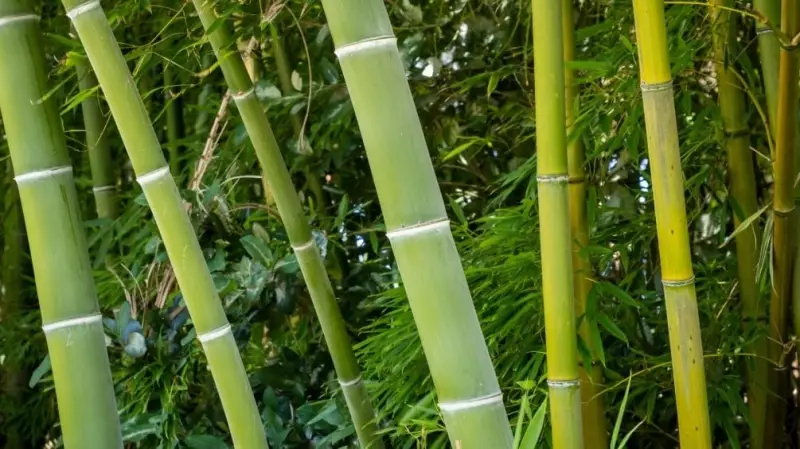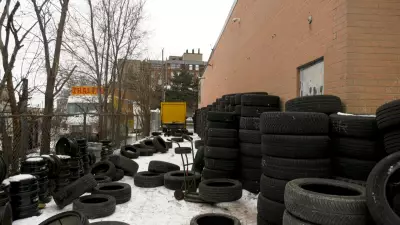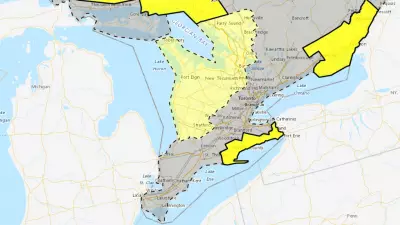
In what could be a game-changing discovery for climate science, researchers have uncovered an unexpected ally in the fight against global warming: grassy trees. These common vegetation types, found across Canadian landscapes and beyond, may possess carbon-capturing capabilities that far exceed previous estimates.
The Hidden Potential of Common Vegetation
Scientists studying various tree species made a startling realization – certain trees with grass-like characteristics demonstrate an extraordinary ability to absorb and store atmospheric carbon. This finding challenges conventional understanding of which plants serve as the most effective carbon sinks.
The research suggests that these unassuming trees operate with a unique biological efficiency, potentially making them among nature's most powerful tools for combating climate change. Their widespread distribution across diverse ecosystems adds to their significance as a scalable solution.
How These Natural Carbon Sponges Work
Unlike traditional trees that follow seasonal growth patterns, grassy trees maintain their carbon-capturing activities throughout more of the year. Their specialized cellular structure and photosynthetic processes enable continuous absorption of carbon dioxide, even under less-than-ideal environmental conditions.
What makes this discovery particularly exciting is the potential for immediate implementation. Since these trees already exist in abundance across Canadian forests and urban areas, their climate benefits could be harnessed without the lengthy development timelines associated with many technological solutions.
Implications for Climate Policy and Conservation
This research could transform how governments and environmental organizations approach reforestation and conservation efforts. Rather than focusing solely on planting massive numbers of new trees, strategic cultivation and protection of existing grassy tree populations might deliver more significant climate benefits in the shorter term.
The findings also highlight the importance of biodiversity in climate resilience. Nature continues to surprise us with solutions we hadn't anticipated, reminding researchers that sometimes the most effective answers are already growing around us.
The Road Ahead
While the initial findings are promising, scientists emphasize that more research is needed to fully understand the mechanisms behind these trees' carbon-capturing abilities and how to maximize their potential. Ongoing studies will examine how different species, soil conditions, and climate factors affect their performance.
This discovery represents hope in the climate change battle – a natural, accessible tool that could complement technological innovations in our collective effort to create a more sustainable future for Canada and the world.





